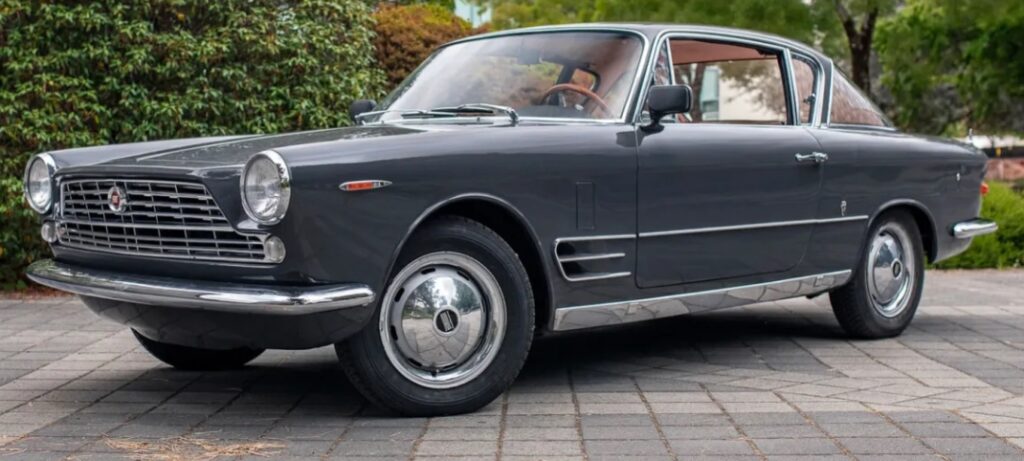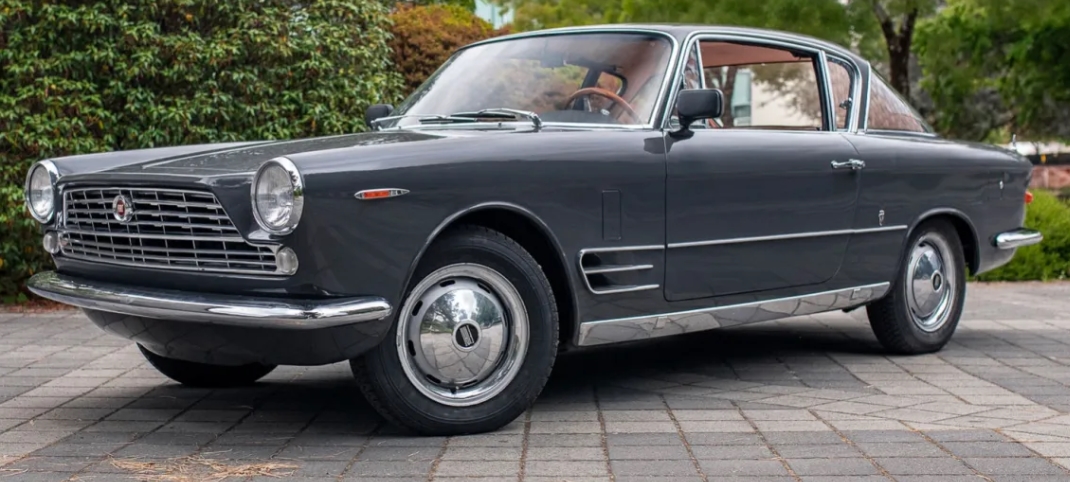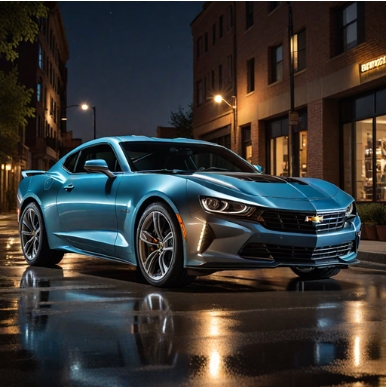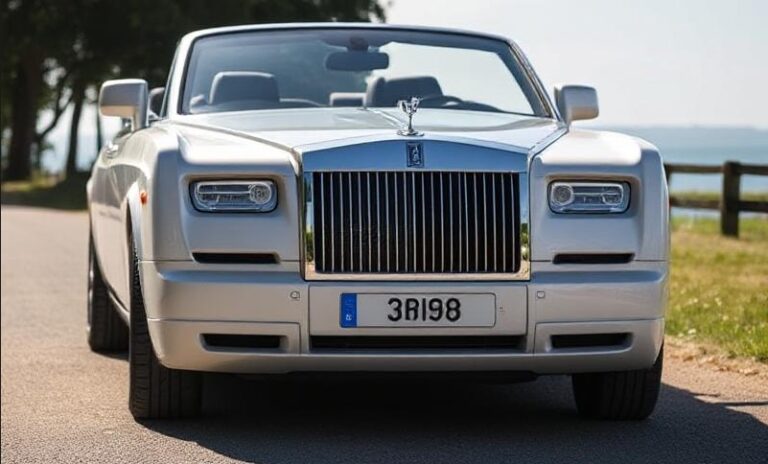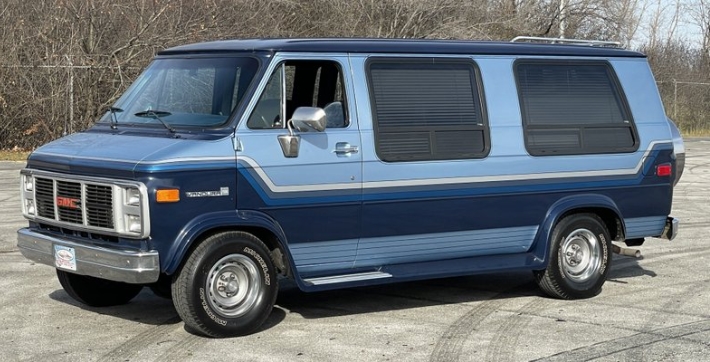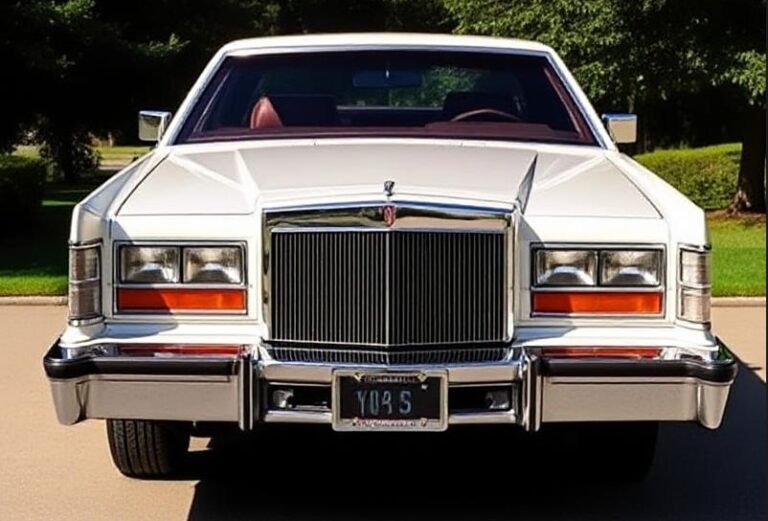The Evolution of the Fiat 2300
The Fiat 2300 represents a significant chapter in Italian automotive history, embodying the post-war Fiat company’s ambition to produce a luxury sedan that combined performance, comfort, and advanced engineering. Introduced in the early 1960s and produced into the early 1970s, the Fiat 2300 underwent several iterations, model updates, and trim level variations that reflected technological advancements and market demands of its era.
Introduction and Production Timeline
Introduction (1961):
The Fiat 2300 was launched in 1961 as a successor to the earlier Fiat 2100, marking Fiat’s entry into the executive luxury car segment. It was produced until 1971, spanning a decade of refinement and market adaptation. The model was primarily assembled in Italy, with some exports to international markets, including the United States, Latin America, and Europe.
Production Years:
- 1961 – 1971
Throughout its production run, the Fiat 2300 was renowned for its advanced engineering features, spacious interior, and elegant design, making it a popular choice among affluent buyers and government officials.
The Initial Model: Fiat 2300 (1961-1963)
Design and Engineering:
The first-generation Fiat 2300, introduced in 1961, was built on a new chassis platform designed for both comfort and stability. It featured a unibody construction, which was sophisticated for its time, and a sleek, understated body design characteristic of early 1960s luxury sedans.
Powertrain:
- Engine: 2.3-liter (2,283 cc) inline-six engine
- Power Output: Approximately 106 horsepower
- Transmission: 4-speed manual transmission; later models offered a 3-speed automatic option
Features:
Standard features included power steering, front disc brakes, and an independent suspension system. The interior was well-appointed, with luxury trim options, wood veneer dashboard, and leather upholstery.
Models and Trim Levels:
Initially, the Fiat 2300 was available in a single, well-equipped trim level, emphasizing comfort and style. Over time, special editions and trim variations were introduced.
Model Variants and Trim Levels (1963-1967)
Facelift and Mid-Cycle Updates (1963):
In 1963, Fiat introduced a mild facelift to the 2300, updating the grille, headlamps, and interior trim. This refresh aimed to modernize the model and keep it competitive.
Additional Variants:
- Fiat 2300 Berlina: The sedan version, aimed at executive buyers, remained the core model.
- Fiat 2300 Tourer: A convertible version was also produced, emphasizing luxury open-top motoring, with a focus on craftsmanship and comfort.
- Fiat 2300 Station Wagon (Familiare): Offered for family and commercial use, featuring an extended rear cargo area and additional seating options.
Trim Levels:
The trim levels during this period typically included:
- Standard: Basic luxury features, leather upholstery, chrome accents.
- Lusso: A higher trim level with upgraded interior materials, additional chrome detailing, and improved audio systems.
- Special Editions: Limited runs with unique badges, special paint options, or exclusive interior trims, often commissioned for government or diplomatic use.
The 2300S and Further Developments (1967-1971)
Introduction of the Fiat 2300S (1967):
In 1967, Fiat introduced the 2300S (Sport), a performance-oriented variant aimed at providing a slightly sportier feel while maintaining luxury. Though not a true sports car, the 2300S offered improved handling and a more aggressive aesthetic.
Engine and Performance Upgrades:
- Power increased slightly to around 114 horsepower.
- Available with both manual and automatic transmissions.
Design Features:
- Distinctive dual round headlights, contrasting with the earlier single-headlamp design.
- Slightly sportier suspension tuning.
- Exterior features included unique badging, sportier wheel designs, and optional sunroof.
Trim and Equipment:
- The 2300S retained many luxury features but focused more on driver engagement.
- Interior options included leather seats, wood veneer dashboards, and upgraded audio systems.
Other Variants and Special Models:
- Fiat 2300 Cabriolet: A bespoke open-top model, often coachbuilt by specialty carrozzeria, such as Stabilimenti Farina or Vignale.
- Fiat 2300 Station Wagon (later versions): Continued to serve utility and family markets, with some models featuring station wagon variants with wood-paneled exteriors.
.
THIS might be a great place to get your new car from!
Or for those who are into the “car flipping” business, here’s an excellent resource for you!

.
End of Production and Legacy (1971)
Cessation of Production:
By 1971, Fiat had phased out the 2300 in favor of newer models like the Fiat 124 and the Fiat 130, which offered modern features, more efficient engines, and updated styling.
Total Production and Impact:
The Fiat 2300 remained a symbol of luxury and engineering excellence in its era. Estimated total production exceeded 100,000 units, with a significant number of special editions, coachbuilt variants, and export models.
Collectibility and Historical Significance:
Today, the Fiat 2300 is highly regarded among classic car enthusiasts, appreciated for its elegant design, robust inline-six engine, and role in Fiat’s expansion into the luxury segment during the 1960s.
Summary
The Fiat 2300’s evolution from its debut in 1961 to its discontinuation in 1971 reflects a decade of technological progression and market adaptation. Starting as a luxurious sedan, it expanded into various body styles and trim levels, including the sporty 2300S and bespoke convertibles. Its engineering innovations, such as the unibody construction and sophisticated suspension, set standards for Italian luxury sedans of the period.
Throughout its lifespan, the Fiat 2300 managed to balance performance, comfort, and style, embodying Italy’s post-war automotive optimism and craftsmanship. Its legacy persists through classic car clubs, restorations, and its influence on subsequent luxury models by Fiat and other Italian automakers.
